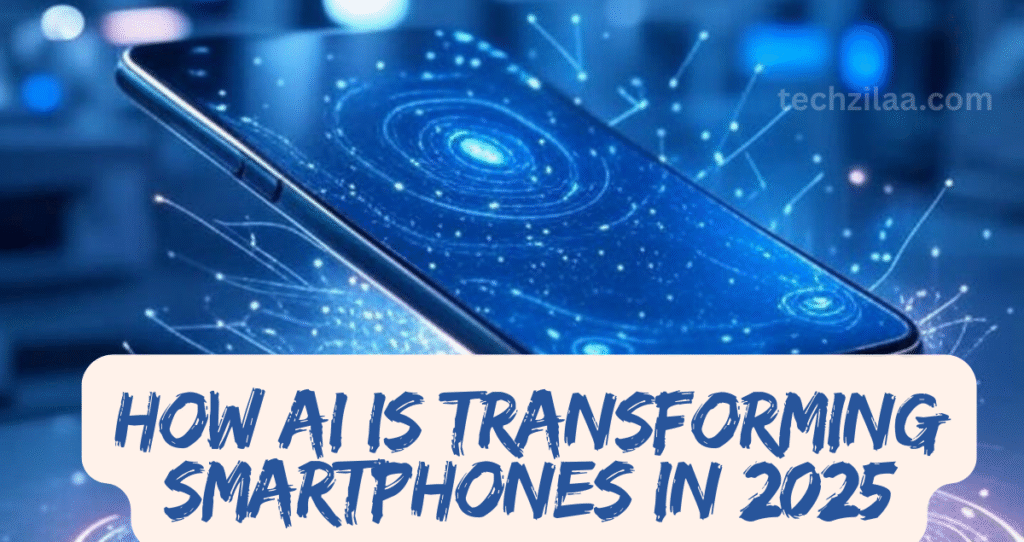
How AI Is Transforming Smartphones in 2025
In just a few years, artificial intelligence (AI) has moved from a buzzword to a built-in feature in nearly every modern smartphone. What was once limited to simple voice assistants is now powering advanced photography, real-time translations, battery optimization, and even security. In 2025, AI is no longer just an add-on—it’s the brain that makes our devices smarter, faster, and more personal.
1. AI-Powered Photography: Beyond Megapixels
In 2025, smartphone cameras aren’t just about megapixel counts. AI algorithms now process images in real-time, adjusting lighting, removing noise, and even enhancing facial features automatically. Features like night mode without flash, automatic object removal, and super-resolution zoom are possible because AI understands the scene and makes intelligent adjustments instantly.
Brands like Google, Apple, and Samsung are pushing computational photography so far that the gap between professional cameras and smartphones keeps shrinking.
2. Smarter Voice Assistants
Siri, Google Assistant, and Bixby are now much more than voice command tools. Thanks to on-device AI processing, they respond faster and work offline for many tasks. They can understand context better—if you say, “Remind me to call him when I reach the office,” your assistant will know exactly who “him” is based on your recent calls and location patterns.
3. Real-Time Language Translation
Traveling abroad in 2025 is easier than ever. AI-powered apps can now translate speech in real-time, even during phone calls. Some flagship smartphones come with built-in translation earbuds that connect directly to your device, allowing seamless multilingual conversations without delay.
4. Intelligent Battery Management
AI is helping extend battery life by learning your charging habits and app usage patterns. Instead of draining your battery evenly, AI allocates resources where needed and puts unused apps into a deep sleep. This adaptive battery feature can increase battery health over the long term and prevent overheating.
5. On-Device AI for Privacy and Speed
One of the biggest improvements in 2025 is the shift toward on-device AI. Instead of sending data to the cloud for processing, AI now runs locally on your smartphone’s neural processing unit (NPU). This means faster results and enhanced privacy, since sensitive information never leaves your device.
6. AI in Mobile Gaming
Mobile gaming has become more immersive thanks to AI-driven graphics optimization. Smartphones can now automatically adjust frame rates, resolution, and visual effects in real-time based on your battery level and temperature, ensuring a smoother gaming experience without overheating.
7. Personalized User Experience
AI is tailoring the smartphone experience like never before. From suggesting the perfect playlist based on your mood to recommending which apps to delete when storage is low, AI is making smartphones feel truly personal. Your device doesn’t just react—it anticipates.
8. AI for Enhanced Security
Face recognition and fingerprint scanning have become more accurate thanks to AI. In 2025, AI-based behavioral biometrics can identify you by the way you hold your phone, type, or swipe. This adds an invisible security layer, making it harder for intruders to bypass authentication.
The Road Ahead
AI in smartphones is still evolving. Future developments could include predictive health monitoring, fully autonomous app management, and even AI co-pilots that handle routine digital tasks without you lifting a finger. The integration of AI is turning smartphones into personal assistants that know you better than you know yourself.
Final Thoughts
In 2025, AI isn’t just a feature—it’s the foundation of how smartphones work. From photography to security, battery life to translation, AI is transforming our devices into intelligent companions that adapt, learn, and improve every day. The future of smartphones is here, and it’s powered by AI.